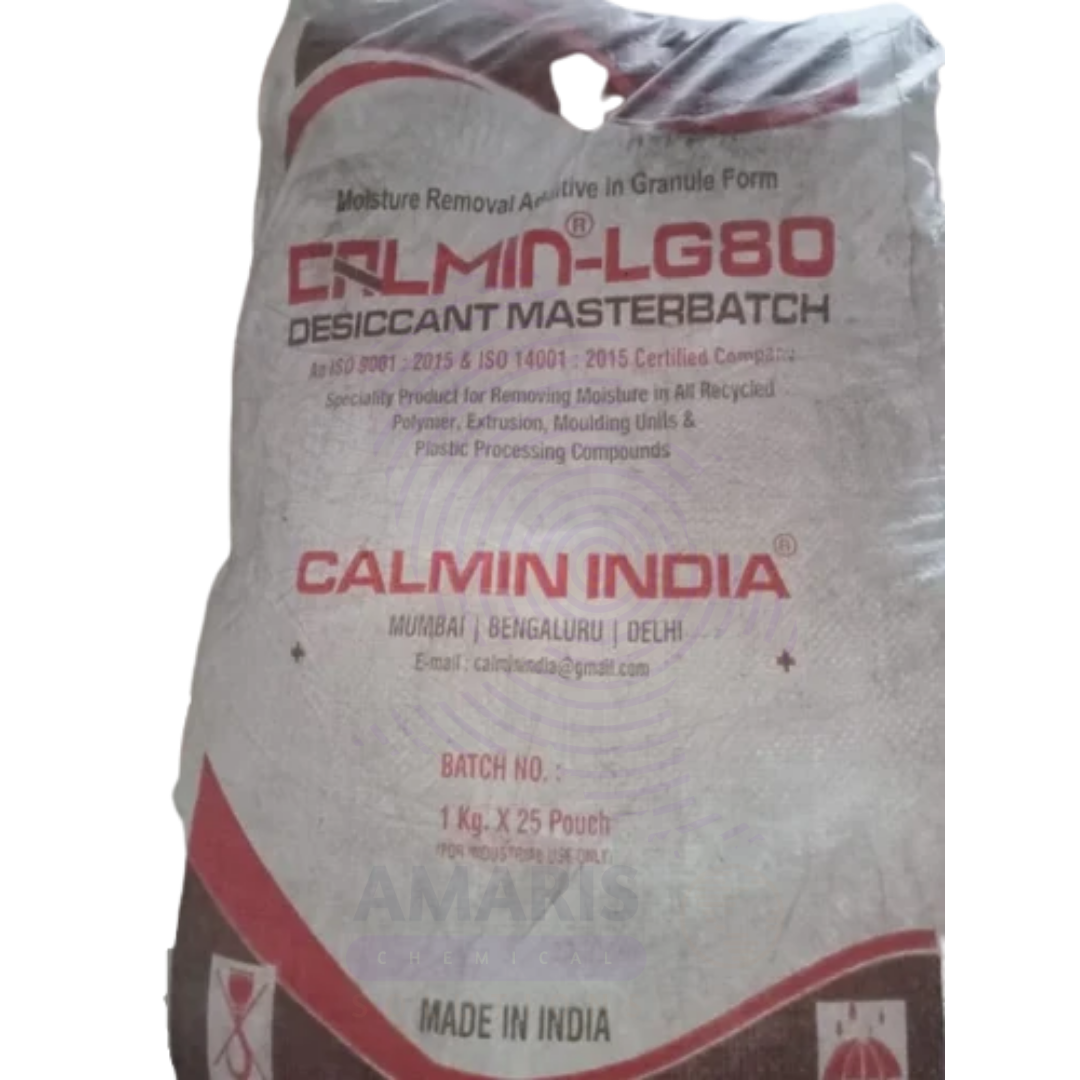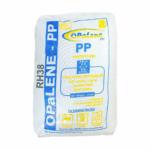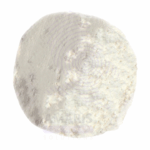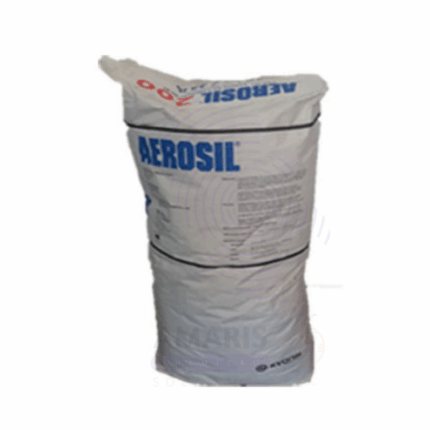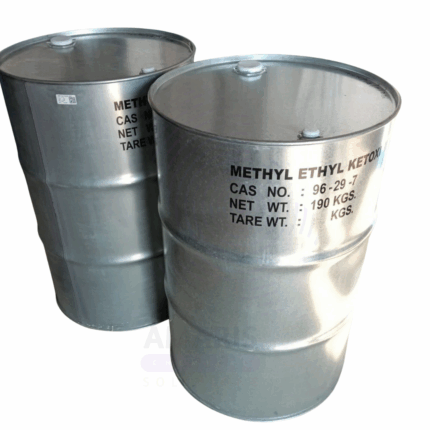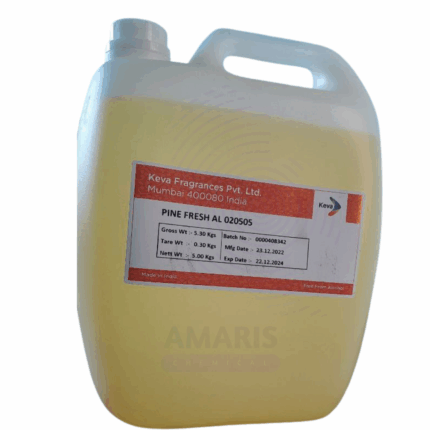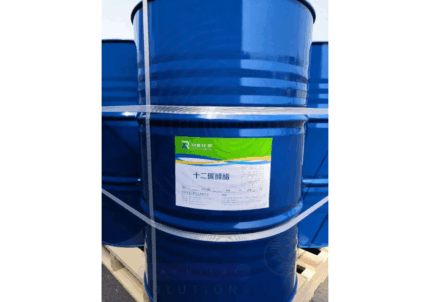Masterbatch Deccicant Moisture Remover
Whatsapp Order
Masterbatch Deccicant Moisture Remover is a high-performance additive designed to control and reduce moisture content in polymer processing. It incorporates desiccant materials within a masterbatch carrier to efficiently absorb moisture during extrusion, injection molding, and other plastic manufacturing processes. By minimizing moisture-related defects such as hydrolysis, bubbles, and degradation, this masterbatch enhances the quality and durability of plastic products. It is compatible with various thermoplastics and offers improved processing stability and surface finish.
Description
Table of Contents
Toggle
Masterbatch Deccicant Moisture Remover
Primary Uses
- Moisture Control in Polymer Processing
- Absorbs moisture during melting and molding to prevent hydrolysis and degradation of polymers like PET, Nylon, and Polycarbonate.
- Reduces defects such as bubbles, voids, and poor surface finish caused by residual moisture.
- Quality Enhancement
- Improves mechanical properties and clarity of molded parts by maintaining polymer integrity.
- Enhances dimensional stability and reduces warpage during cooling.
Secondary Uses
- Recycling Applications
- Used in recycled polymer blends to manage moisture content and improve processability.
- Specialty Polymer Production
- Applied in specialty resin processing where moisture sensitivity is critical.
KEY PRODUCT FEATURES
1. Basic Identification Attributes
- Chemical Name (IUPAC): Polymer masterbatch with incorporated desiccant compounds (e.g., silica gel, molecular sieves)
- Common/Trade Name: Masterbatch Desiccant Moisture Remover
- CAS Number: Not applicable (mixture)
- HS Code: 3916.90.90
- Synonyms: Moisture control masterbatch; desiccant masterbatch; moisture scavenger additive
2. Physical & Chemical Properties
- Physical State: Solid granules or pellets
- Color & Odor: Typically white or off-white; odorless
- Density: Varies by polymer carrier, generally 1.0 – 1.4 g/cm³
- Solubility: Insoluble in water; desiccant component absorbs moisture from the polymer melt
3. Safety & Hazard Attributes
- GHS Classification: Not classified as hazardous under normal handling
- Toxicity: Low toxicity; inert polymer base with non-toxic desiccant materials
- Exposure Limits: Follow standard dust precautions during handling
4. Storage & Handling Attributes
- Storage Conditions: Store in a dry, cool environment to prevent premature moisture absorption
- Container Type: Supplied in sealed bags or containers to maintain dryness
- Shelf Life: Typically 12 months if stored properly
- Handling Precautions: Avoid dust generation; use PPE if handling large quantities
5. Regulatory & Compliance Attributes
- Complies with plastic additive standards and safety regulations
- Free from heavy metals and harmful substances according to regulatory requirements
6. Environmental & Health Impact
- Biodegradability: Not biodegradable but inert and stable
- Ecotoxicity: Minimal environmental impact if disposed of properly
- Bioaccumulation: Not applicable
- Carcinogenicity/Mutagenicity: Not classified as hazardous
SAFETY HANDLING PRECAUTIONS
Safety Handling Precautions
- PPE Required: Gloves and dust mask recommended when handling large volumes
- Handling Guidelines: Avoid inhalation of dust; use in well-ventilated areas
- Storage Measures: Keep containers sealed and moisture-free
First Aid Measures
- Inhalation: Move to fresh air if irritation occurs
- Skin Contact: Wash with soap and water if irritation develops
- Eye Contact: Rinse thoroughly with water; seek medical advice if irritation persists
- Ingestion: Rinse mouth and seek medical attention if large quantities ingested
Firefighting Measures
- Fire Hazards: Combustible polymer base; burns with production of smoke and toxic fumes
- Extinguishing Media: Use water spray, foam, or dry chemical extinguishers
- Special Precautions: Use self-contained breathing apparatus in confined areas
- Hazardous Combustion Products: Carbon monoxide, carbon dioxide, and other hazardous gases
Related products
Aerosil 200
$ 6.21
Lacitex
Lacitex is a high-quality natural latex concentrate derived from Hevea brasiliensis (rubber tree) latex. It is a milky, white colloidal suspension primarily used in the manufacture of latex-based products such as gloves, adhesives, coatings, and foam rubber. Lacitex offers excellent film-forming properties, elasticity, and tensile strength. It provides superior binding, water resistance, and flexibility in finished products, making it widely valued in various industrial and manufacturing applications.
Methyl Ethyl Ketoxime
Methyl Ethyl Ketoxime is a clear, colorless to pale yellow liquid with a mild, characteristic odor. It is primarily used as a polymerization inhibitor and anti-skinning agent in coatings and paints, preventing premature curing during storage. MEKO is valued for its effectiveness in protecting alkyd and other resin-based coatings and enhancing shelf life.
Pine Fresh Fragrance Oil
Pine Fresh Fragrance Oil is a synthetic fragrance blend designed to replicate the crisp, fresh, and invigorating scent of pine forests. It combines green, woody, and subtle earthy notes to deliver a clean and natural aroma. This fragrance oil is highly stable in both oil- and alcohol-based formulations and retains its scent integrity under high-temperature processing. Pine Fresh Fragrance Oil is widely used in personal care, household, and industrial applications for its long-lasting, refreshing pine scent that enhances product appeal and consumer experience. It is compatible with a variety of product bases and maintains performance over extended storage periods.
Texanol
Texanol is the commercial name for 2,2,4-Trimethyl-1,3-pentanediol monoisobutyrate, a high-performance coalescent and solvent widely used in latex paints, coatings, inks, and adhesives. It helps film formation at lower temperatures, enhances flow, improves gloss, and increases storage stability. Texanol is prized for its low odor, low volatility, and excellent balance between solvency and environmental compliance, making it a preferred coalescing agent in waterborne systems.


 Preservatives(food)
Preservatives(food) Flavor Enhancers
Flavor Enhancers Acidulants
Acidulants Sweeteners
Sweeteners Antioxidants
Antioxidants Colorants(food)
Colorants(food) Nutraceutical Ingredients (food)
Nutraceutical Ingredients (food) Nutrient Supplements
Nutrient Supplements Emulsifiers
Emulsifiers
 Collectors
Collectors Dust Suppressants
Dust Suppressants Explosives and Blasting Agents
Explosives and Blasting Agents Flocculants and Coagulants
Flocculants and Coagulants Frothers
Frothers Leaching Agents
Leaching Agents pH Modifiers
pH Modifiers Precious Metal Extraction Agents
Precious Metal Extraction Agents
 Antioxidants(plastic)
Antioxidants(plastic) Colorants (Pigments, Dyes)
Colorants (Pigments, Dyes) Fillers and Reinforcements
Fillers and Reinforcements Flame Retardants
Flame Retardants Monomers
Monomers Plasticizers
Plasticizers Polymerization Initiators
Polymerization Initiators Stabilizers (UV, Heat)
Stabilizers (UV, Heat)
 Antifoaming Agents
Antifoaming Agents Chelating Agents
Chelating Agents Coagulants and Flocculants
Coagulants and Flocculants Corrosion Inhibitors
Corrosion Inhibitors Disinfectants and Biocides
Disinfectants and Biocides Oxidizing Agents
Oxidizing Agents pH Adjusters
pH Adjusters Scale Inhibitors( water)
Scale Inhibitors( water)
 Antioxidants(cosmetic)
Antioxidants(cosmetic) Emollients
Emollients Fragrances and Essential Oils
Fragrances and Essential Oils Humectants
Humectants Preservatives
Preservatives Surfactants(cosmetic)
Surfactants(cosmetic) Thickeners
Thickeners UV Filters
UV Filters
 Fertilizers
Fertilizers Soil Conditioners
Soil Conditioners Plant Growth Regulators
Plant Growth Regulators Animal Feed Additives
Animal Feed Additives Biostimulants
Biostimulants Pesticides (Herbicides, Insecticides, Fungicides)
Pesticides (Herbicides, Insecticides, Fungicides)
 Active Pharmaceutical Ingredients (APIs)
Active Pharmaceutical Ingredients (APIs) Excipients
Excipients Solvents(pharmaceutical)
Solvents(pharmaceutical) Antibiotics
Antibiotics Antiseptics and Disinfectants
Antiseptics and Disinfectants Vaccine Adjuvants
Vaccine Adjuvants Nutraceutical Ingredients (pharmaceutical)
Nutraceutical Ingredients (pharmaceutical) Analgesics & Antipyretics
Analgesics & Antipyretics
 Analytical Reagents
Analytical Reagents Solvents(lab)
Solvents(lab) Chromatography Chemicals
Chromatography Chemicals Spectroscopy Reagents
Spectroscopy Reagents microbiology-and-cell-culture-reagents
microbiology-and-cell-culture-reagents Molecular Biology Reagents
Molecular Biology Reagents Biochemical Reagents
Biochemical Reagents Inorganic and Organic Standards
Inorganic and Organic Standards Laboratory Safety Chemicals
Laboratory Safety Chemicals Specialty Laboratory Chemicals(Special Laboratory Equipment)
Specialty Laboratory Chemicals(Special Laboratory Equipment)
 Demulsifiers
Demulsifiers Hydraulic Fracturing Fluids
Hydraulic Fracturing Fluids Scale Inhibitors(oil)
Scale Inhibitors(oil) Surfactants(oil)
Surfactants(oil) Drilling Fluids
Drilling Fluids
 Dyes and Pigments
Dyes and Pigments Bleaching Agents
Bleaching Agents Softening Agents
Softening Agents Finishing Agents
Finishing Agents Antistatic Agents
Antistatic Agents
 Admixtures
Admixtures Waterproofing Agents
Waterproofing Agents Sealants and Adhesives
Sealants and Adhesives Curing Compounds
Curing Compounds Concrete Repair Chemicals
Concrete Repair Chemicals Anti-Corrosion Coatings
Anti-Corrosion Coatings
 Surfactants(cleaning)
Surfactants(cleaning) Builders
Builders Enzymes
Enzymes Solvents (Cleaning)
Solvents (Cleaning) Fragrances
Fragrances
 Electronic Chemicals
Electronic Chemicals Catalysts
Catalysts Lubricants
Lubricants Photographic Chemicals
Photographic Chemicals Refrigerants
Refrigerants Automotive chemicals
Automotive chemicals Pyrotechnic Chemicals
Pyrotechnic Chemicals
 Biodegradable Surfactants
Biodegradable Surfactants Bio-based Solvents
Bio-based Solvents Renewable Polymers
Renewable Polymers Carbon Capture Chemicals
Carbon Capture Chemicals Wastewater Treatment Chemicals
Wastewater Treatment Chemicals
 Pigments
Pigments Solvents(paint)
Solvents(paint) Specialty Coatings
Specialty Coatings Binders/Resins
Binders/Resins Additives
Additives Driers
Driers Anti-Corrosion Agents
Anti-Corrosion Agents Functional Coatings
Functional Coatings Application-Specific Coatings
Application-Specific Coatings
 Fresh Herbs
Fresh Herbs Ground Spices
Ground Spices Whole Spices
Whole Spices Spice Blends
Spice Blends Dried Herbs
Dried Herbs
 Leavening Agents
Leavening Agents Dough Conditioners
Dough Conditioners Flour Treatments
Flour Treatments Fat Replacers
Fat Replacers Decoratives
Decoratives Preservatives(baking)
Preservatives(baking)
 Plasticizers & Softeners
Plasticizers & Softeners Reinforcing Agents
Reinforcing Agents Adhesion Promoters
Adhesion Promoters Vulcanizing Agents
Vulcanizing Agents Antidegradants
Antidegradants Blowing Agents
Blowing Agents Fillers & Extenders
Fillers & Extenders Accelerators & Retarders
Accelerators & Retarders